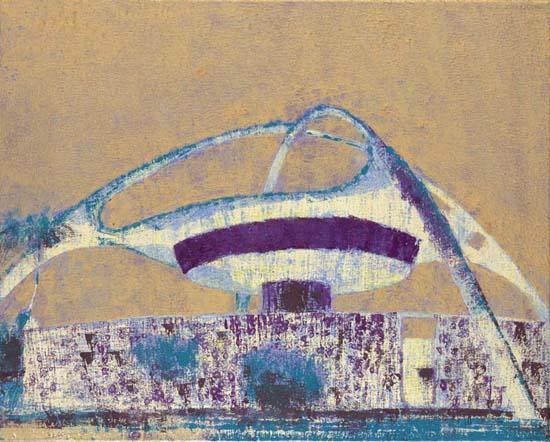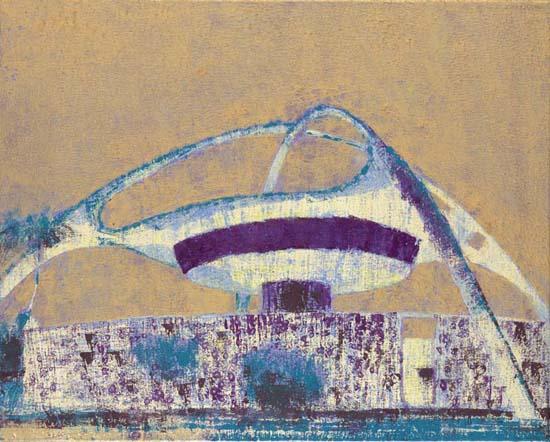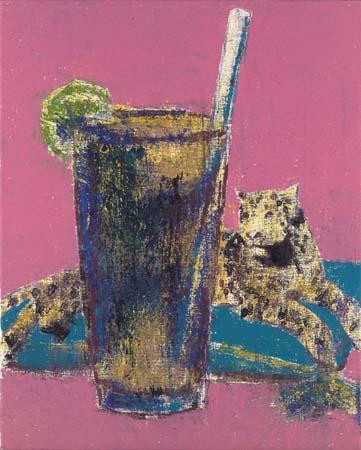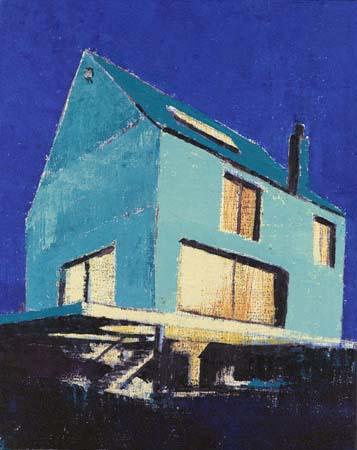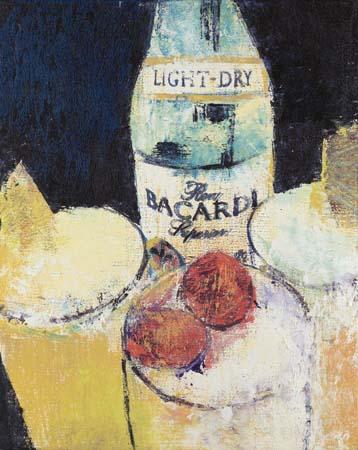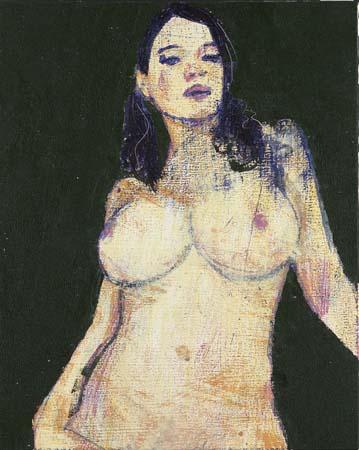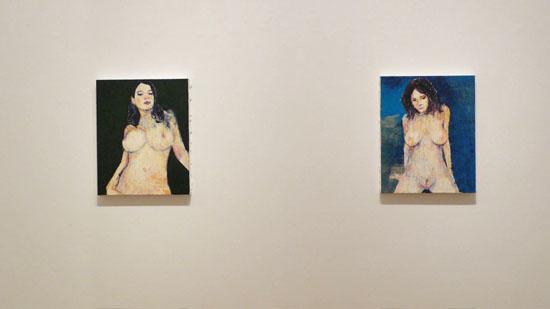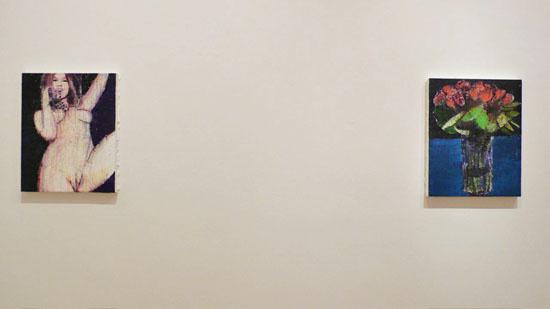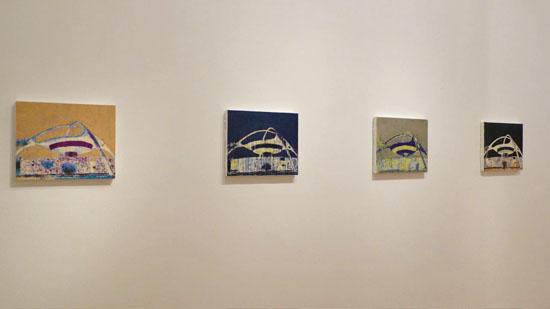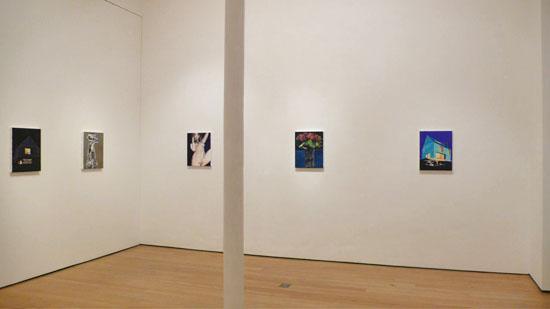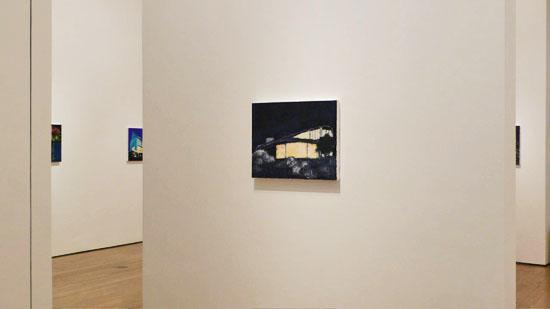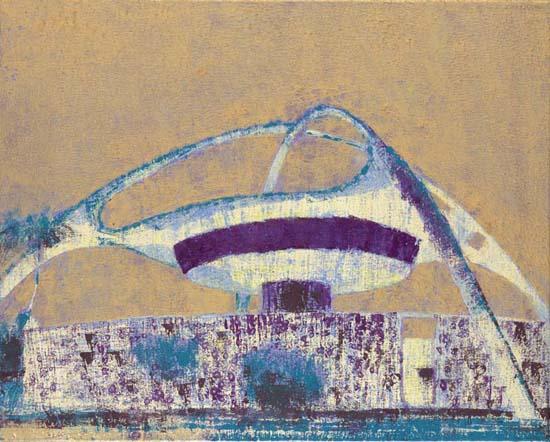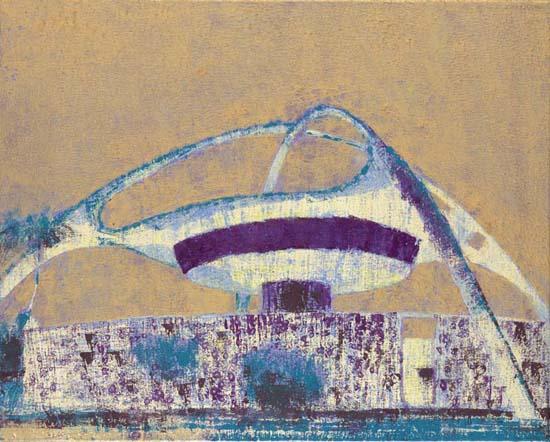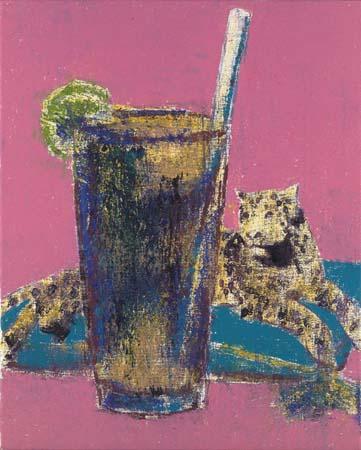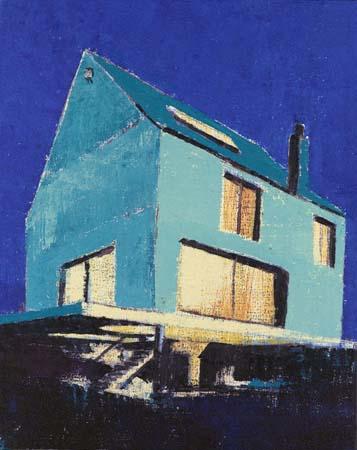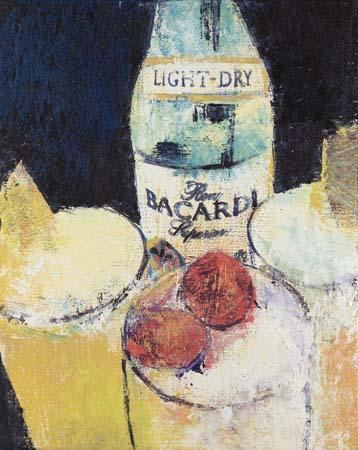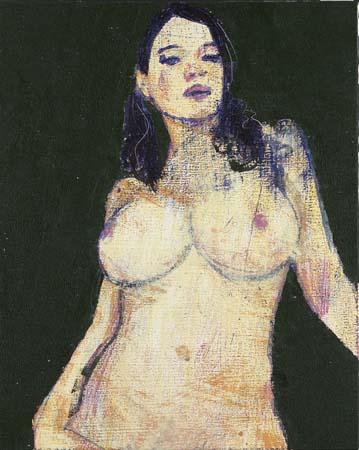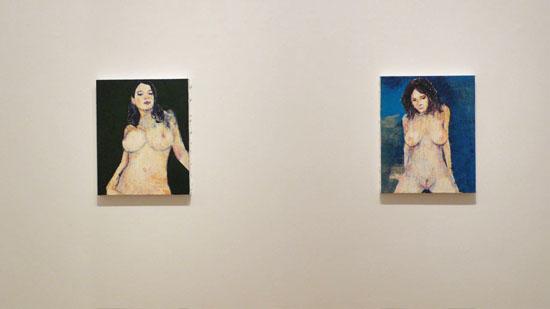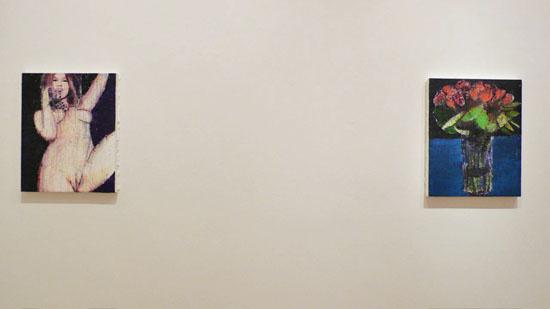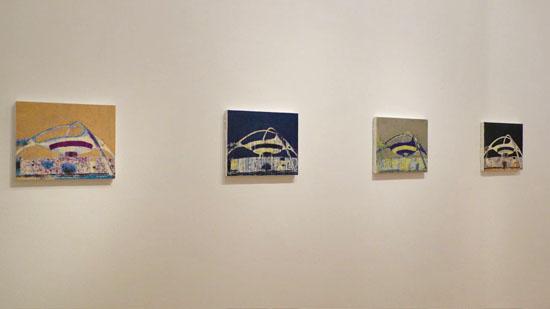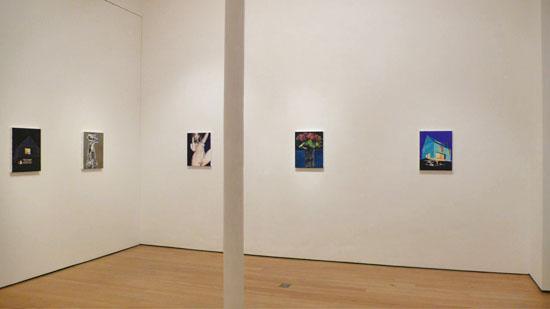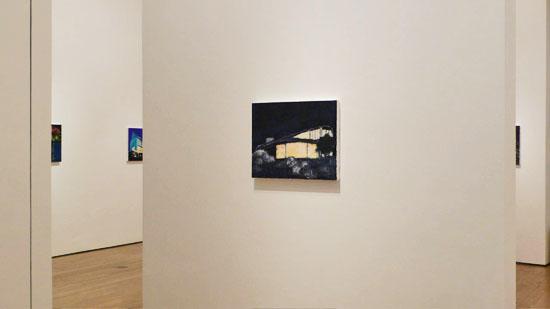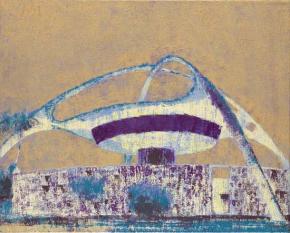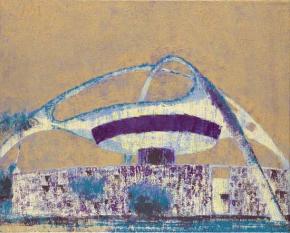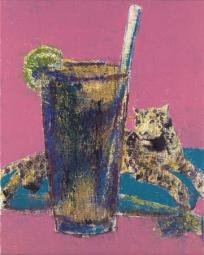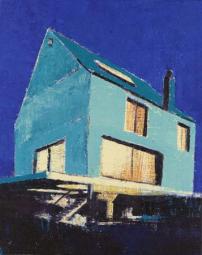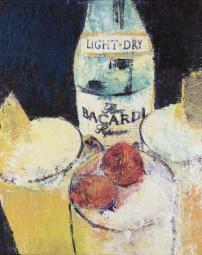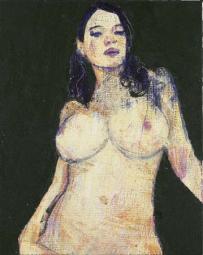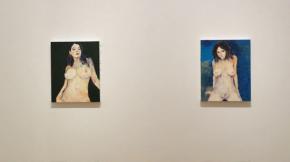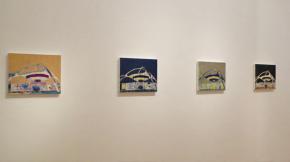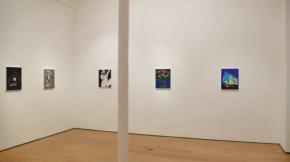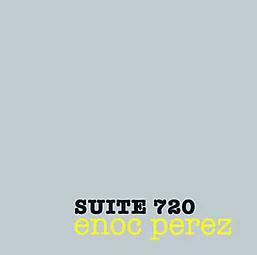mail@faggionato.com
Reg. in England No. 1863033
VAT No. 628 2861 22
Press Release
Faggionato Fine Arts is pleased to announce their second London solo exhibition by New York-based artist Enoc Perez. The exhibition, Suite 720 presents a series of 17 new paintings, in which Perez contemplates and questions the idea of taste and masculinity through a variety of favoured subjects: architecture, women and still life compositions of contemporary subjects, cocktail glasses and Bacardi bottles. Concerned with form and beauty, in Suite 720, Perez is interested in testing the boundaries of certain assumptions. He explores the concept of what is good taste and what crosses the boundary to be reconsidered as bad taste, vulgar or kitsch. A plaster replica - one of the ‘most popular choices for wedding gifts’ – of Rodin’s original statue of an amorous couple is re-presented by Perez in Embrace; while a cocktail glass is paired with a reclining leopard on a velvet cushion against a vivid pink background in Cocktail. In Nude the viewer is confronted with an exploration of nudity as beauty, erotica, or pornography. Perez selects subjects for their function as metaphors for abstract ideas and desires – he is attracted to images that carry a sense of promise, albeit fleeting, an embodiment of seductive dreams that may never be fully obtainable in reality. The four paintings of LAX in this exhibition reveal the artist’s preoccupation. Resembling a flying saucer landing on four legs, the Theme Building (opened in 1961) is an immediately recognizable landmark of Los Angeles International Airport, designed specifically for the ‘jet age’. LAX encapsulates Perez’s fascination with buildings that embody the Utopian ideologies of the 1950s and 60s, that stood as metaphors for “a wonderful tomorrow”. Revisiting the same image in multiple studies allows Perez to explore and manipulate alterations in mood and meaning. Block colour backgrounds of impenetrable black or deep blue of endless night, frame glowing luminous forms (Langston Huges Library, Knoxville, Tennessee); while metallic gold shimmers around bright, saturated tones of sunny daylight (House, Leyman, France). Working from Polaroid snapshots, postcards and advertisements, Perez reduces these subjects to their simplest, most pared-down forms, capturing an essence simply through line and colour. He has an eye for the sculptural and retains all the power and monumentality of his subject, further enhanced by the low viewpoint and closely cropped composition. Perez continues to use what he describes as “brushless painting”. A transfer ‘print’ process that lends itself to an ephemeral quality in the finished paintings. He begins by tracing an outline of the image onto canvas, and then applies colour pigments through sequential overlay inspired by the four-colour copier process. Rubbing directly onto the canvas, he removes other possibilities of ‘gesture’, resulting in a linear and grainy effect. The impasto surface of his gessoed canvas breaks up the layers of paint and the image seems to almost flicker, suggesting a feeling of temporality rather than something actually tangible.
